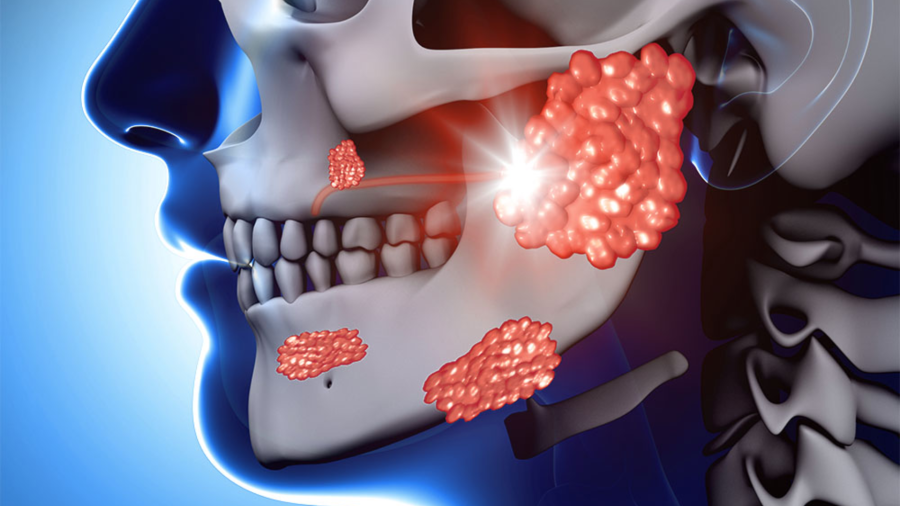
UK: A recently published research article titled "Salivary biomarkers as skeletal maturity indicators", now present in the British Dental Journal, explores the possibility of predicting the pattern of skeletal growth in a patient through the analysis of salivary biomarkers.
This study can act as an adjunct to orthodontic therapy in patients. By, using salivary biomarkers to predict skeletal growth patterns, orthodontists will be able to control irregular growth patterns before they occur.
To conduct this study, a detailed analysis was performed on three electronic databases from July 2000 to July 2021. The main objective of the study was to determine the accuracy of skeletal age on the basis of levels of several salivary biomarkers at different pubertal stages.
Around 158 articles were extracted and analysed, of which 15 cross-sectional studies were selected for qualitative synthesis.
These studies drew a comparison between the levels of different salivary biomarkers such as Alkaline Phosphatase (ALP), Insulin-like Growth Factor-I (IGF-I), Insulin-like Growth Factor Binding Protein-3 (IGFBP-3), Cortisol, Indian Hedgehog (IHH) protein and Dehydroepiandrosterone sulphate (DHEAS) with other methods of skeletal age estimation.
The result concluded that out of all the salivary biomarkers observed, salivary IGF-1 is a reliable indicator for skeletal maturity assessment. Scientists believe that there is a need for further studies to probe into the subject.


